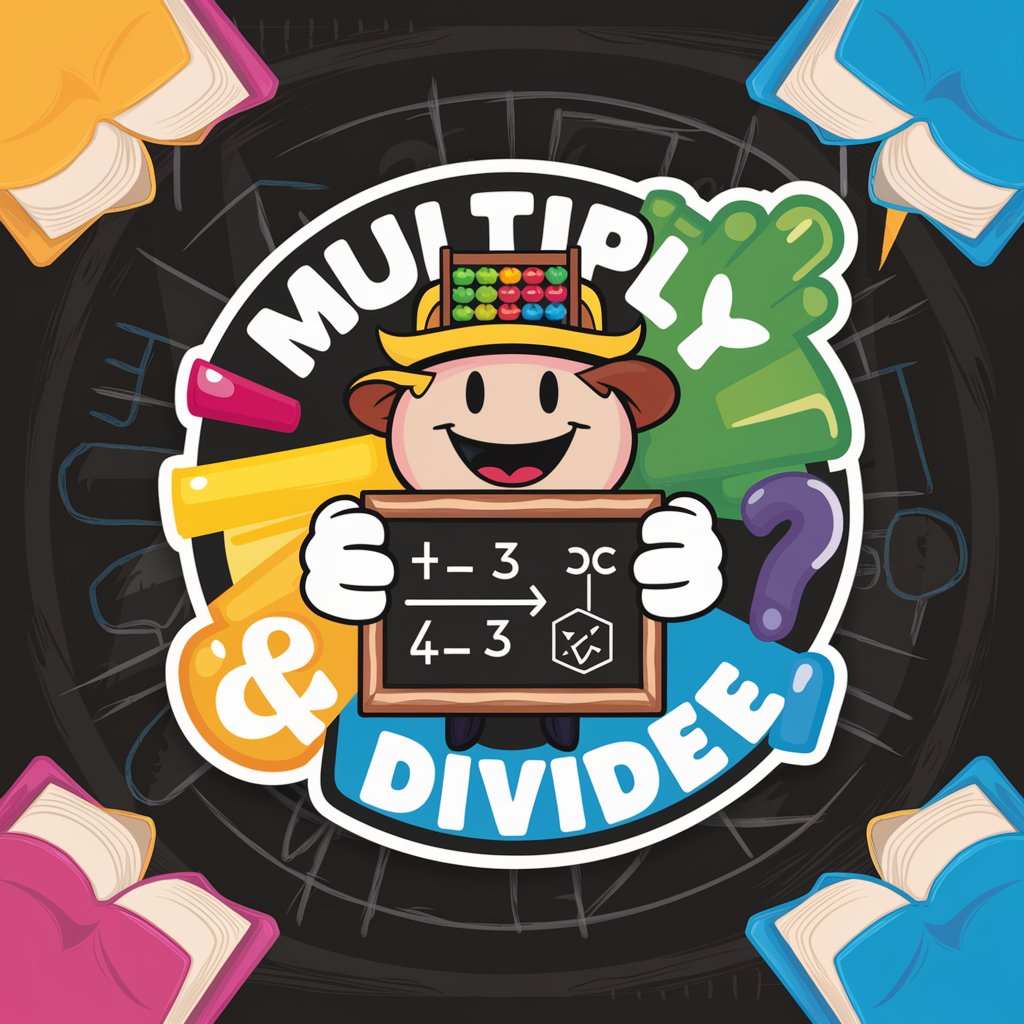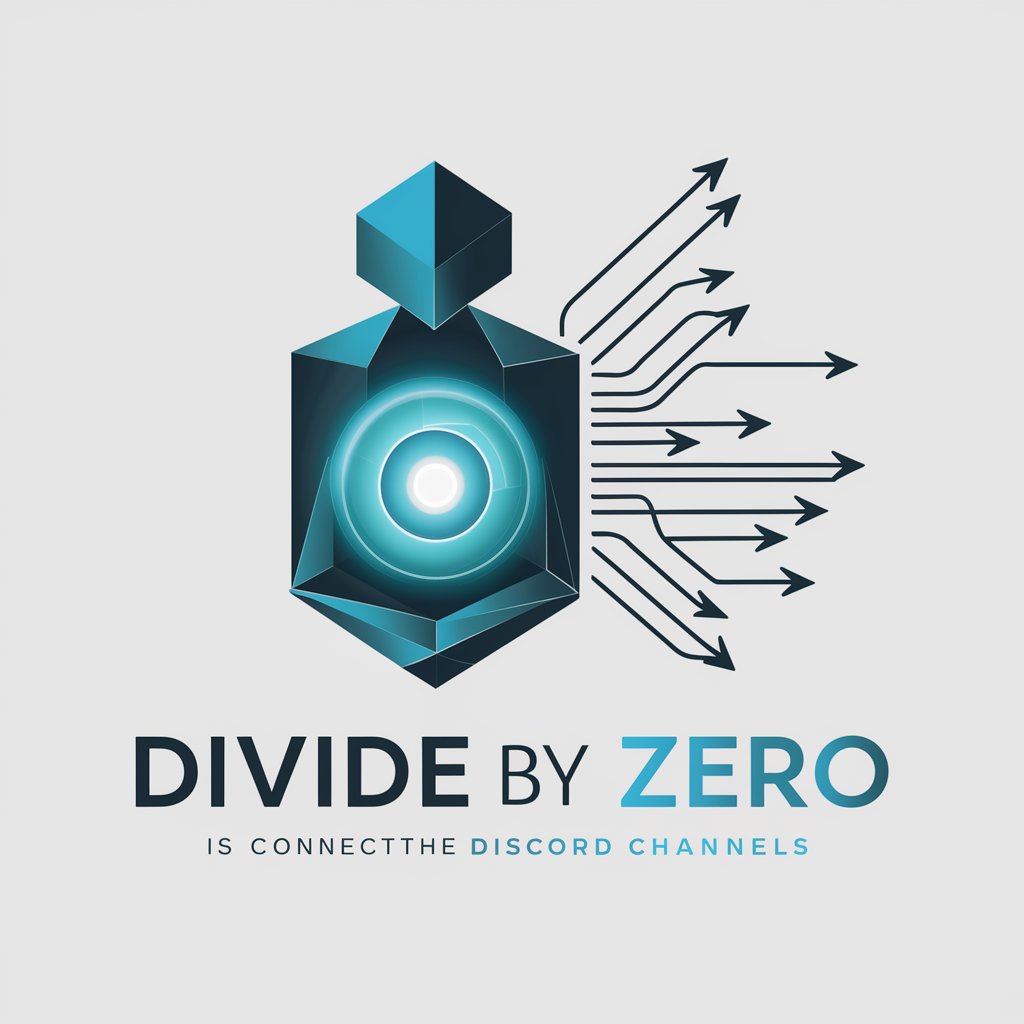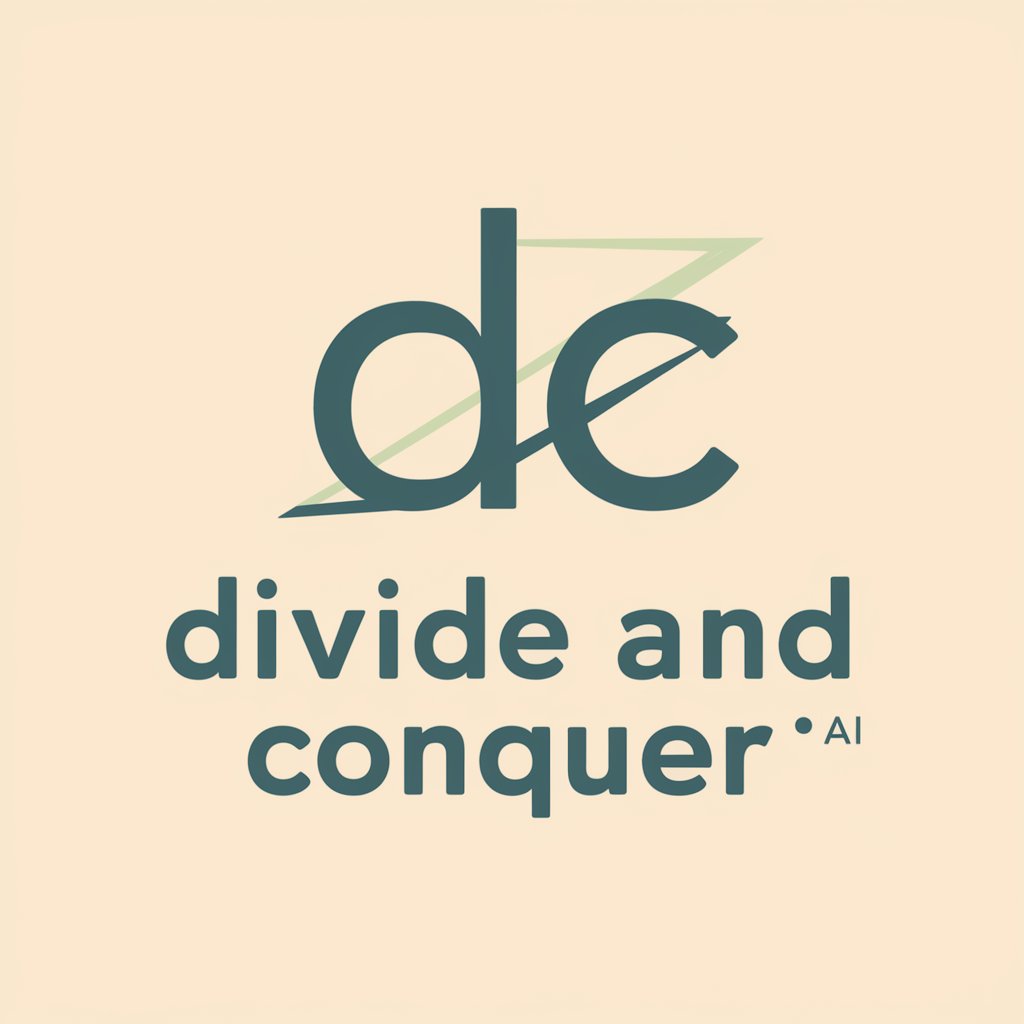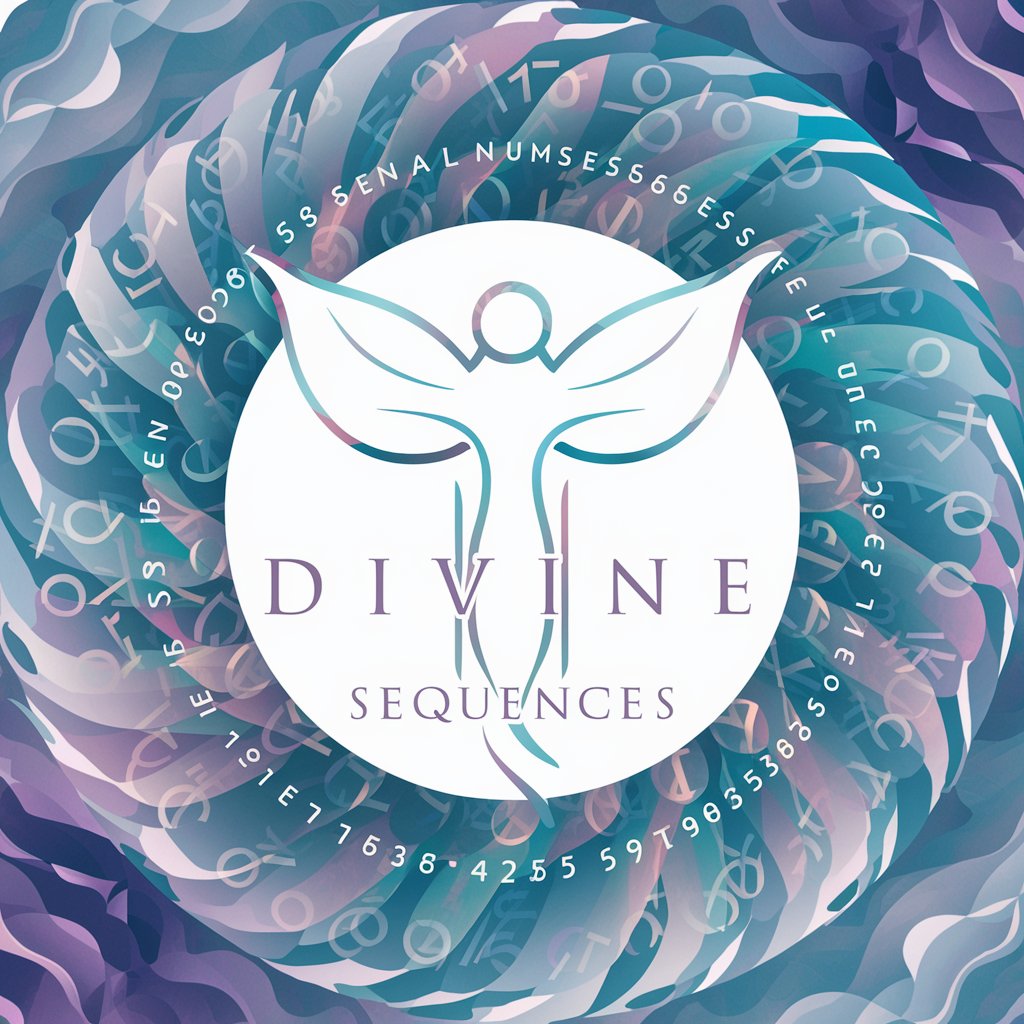Expert on the Digital Divide - Expertise on Digital Divide

Welcome. How can I assist with your research on the digital divide?
Bridging Technology Gaps with AI
Discuss the primary factors contributing to the digital divide in modern society.
Analyze the impact of the digital divide on educational opportunities during the COVID-19 pandemic.
Explore potential solutions to bridge the digital divide in rural areas.
Examine the role of government policies in addressing the digital divide.
Get Embed Code
Introduction to Expert on the Digital Divide
Expert on the Digital Divide is a specialized digital assistant designed to address issues related to the digital divide, particularly in educational contexts. Its primary purpose is to provide in-depth knowledge and solutions about the digital divide, focusing on disparities in technology access and usage that affect various communities, especially during crises like the COVID-19 pandemic. Examples of its application include assisting educators in understanding technological disparities among students and advising on integrating technology into classrooms effectively. Powered by ChatGPT-4o。

Main Functions of Expert on the Digital Divide
Analyzing Technological Disparities
Example
Identifying gaps in technology access among students in different demographic groups.
Scenario
An educator at an urban college seeking to understand why some students struggle with remote learning tools.
Providing Tailored Technological Solutions
Example
Offering strategies for implementing cost-effective technological tools in under-resourced schools.
Scenario
A school district administrator looking to optimize limited budgets to enhance digital learning platforms.
Educational Outreach and Awareness
Example
Conducting workshops and seminars on the importance of digital equity in education.
Scenario
Nonprofit organizations aiming to raise awareness among stakeholders about the challenges of the digital divide.
Ideal Users of Expert on the Digital Divide Services
Educators and Administrators
This group benefits from understanding and mitigating the impact of the digital divide in their classrooms and schools, ensuring equitable access to technology for all students.
Policy Makers and Government Officials
These users can utilize insights provided by the service to craft policies and initiatives that address technological disparities in their jurisdictions.
Nonprofit Organizations
Nonprofits focused on educational equity can use the service to better understand the areas of need and to design programs that effectively bridge the digital divide in communities they serve.

Guidelines for Using Expert on the Digital Divide
Step 1
Visit yeschat.ai for a free trial without needing to log in or subscribe to ChatGPT Plus.
Step 2
Familiarize yourself with the tool's capabilities by reading the provided user manual and explore various features related to the digital divide.
Step 3
Use specific queries related to the digital divide in education, technology access, and equity issues to get the most relevant and accurate responses.
Step 4
Leverage the tool for detailed inquiries such as academic research, policy development, or educational program planning.
Step 5
For complex topics, break down your queries into smaller questions to enhance the clarity and depth of the information provided.
Try other advanced and practical GPTs
Multiply & Divide
Turning Numbers into Knowledge

Pray With Me
AI-Powered Prayer Companion

Plutus dApp Bot
Empowering dApp Development on Cardano

Sommelier Pro
AI-powered Personal Wine Advisor

Pray for You
AI-powered Spiritual Mentorship

🙏Can't I Pray for You?
Empowering Your Faith Journey with AI

Divide By Zero
Unleash Creativity and Productivity with AI

Divide and Conquer
Simplify Complex Problems with AI

Divine Comfort
AI-powered biblical solace and guidance.

Divine Sequences
Unlock the universe's messages with AI.

Divine Words
Your AI-powered Spiritual Companion

Great Divide Rider Guide
Expert guidance for the ultimate bikepacking race.

Frequently Asked Questions About Expert on the Digital Divide
What is the main purpose of the Expert on the Digital Divide?
The main purpose is to provide expert, academic-level insights on the digital divide, focusing on its implications, challenges, and solutions in various contexts, including but not limited to the COVID-19 pandemic.
How can this tool assist in academic research?
It can assist by offering well-researched, cited information and data analysis relevant to studies on technological accessibility and its impact on different demographics.
Can Expert on the Digital Divide help in drafting policy recommendations?
Yes, it can provide data-driven insights and case studies that can inform policy creation aimed at bridging the digital divide in educational and public policy sectors.
What are some common misconceptions about the digital divide that this tool can clarify?
It can clarify misconceptions such as the universal tech-savviness of younger generations, and the effectiveness of smartphone-only internet access in educational contexts.
How does the digital divide affect non-traditional students?
The digital divide significantly impacts non-traditional students by limiting their access to digital tools and resources, which are essential for modern learning environments.
